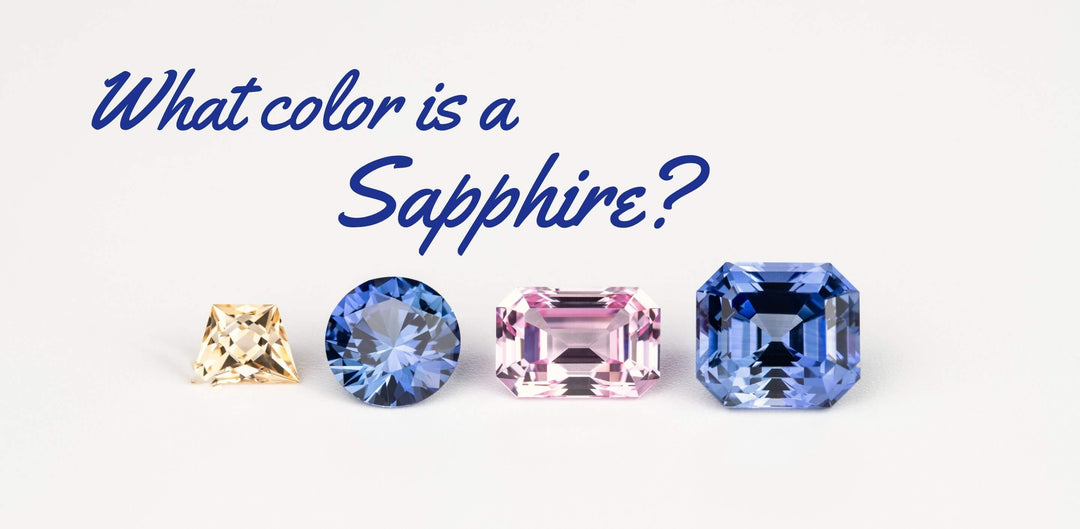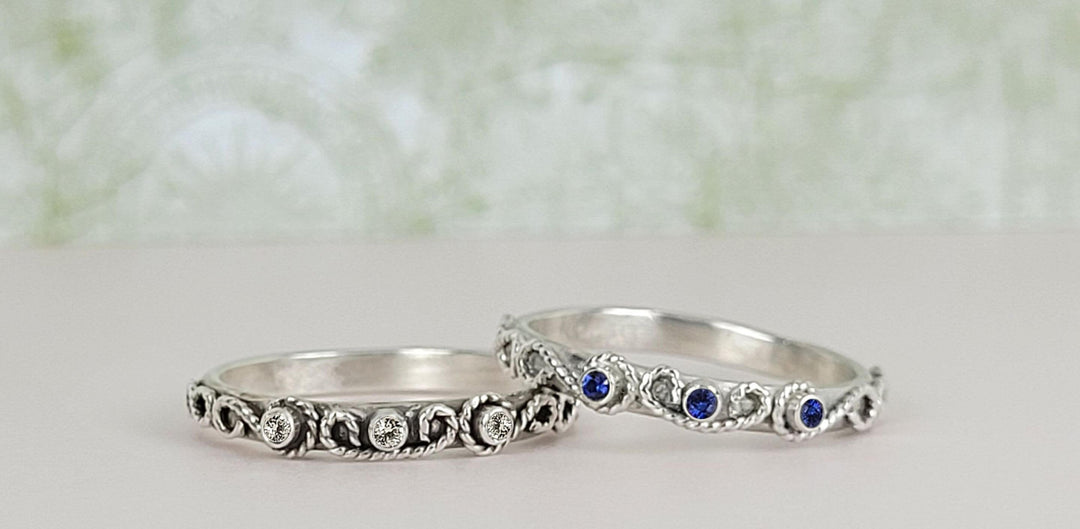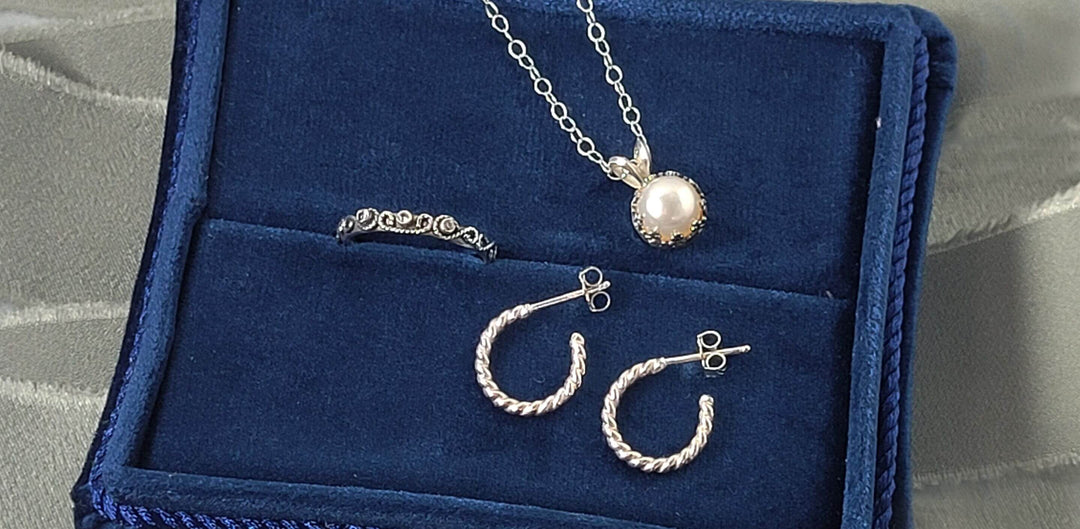Lab-Grown Diamonds vs. Natural Diamonds: What is the Difference?
Diamonds are the world’s most popular gemstone set in jewelry. They are called the “King of Gems” because they are the hardest natural material on earth that were formed deep inside our planet between 1 billion and 3.3 billion years ago. They are the most popular gemstone set in engagement rings because they symbolize faithfulness, love, strength, and purity. And they were first set in an engagement ring in 1477 by the Archduke Maximilian of Austria who presented his intended bride, Mary of Burgundy, a diamond ring.
Regardless of how popular and coveted they are, lately diamonds have had a bit of controversy around them because of the new rising star of the jewelry market – the lab-grown, or lab-created, diamond. It can be hard to tell the difference between the two, and it can be hard to decide if one is really better that the other. So, I’m breaking it down for you with some easy-to-understand information on each one.

NATURAL DIAMONDS
Natural diamonds are composed of billions of carbon atoms and were formed over billions of years due to the immense pressure and extreme temperatures deep within the earth. This intense pressure and heat force the carbon atoms to join and crystalize, creating a diamond.
Diamonds are brought closer to the surface of the earth by volcanic eruptions, which is why they can be mined. They come in a variety of colors including red, yellow, orange, green, blue, pink, purple, brown, violet, gray, black and white. Most natural diamonds have inclusions, which are materials like water or minerals that get caught inside the diamond during its formation process in the earth's mantle. These inclusions effect the clarity and color of the diamond, making each natural diamond unique.
LAB-GROWN DIAMONDS (a.k.a. Lab-created or Synthetic Diamonds)
Lab-grown diamonds are carefully crafted by scientists in a lab using techniques that are so advanced that these stones are formed with the same chemical composition and crystallization characteristics of natural diamonds, but in much less time than it takes a natural diamond to form. It takes the earth billions of years to create a diamond, and it takes a lab approximately 6 to 10 weeks.
Without getting into too much technical detail here, the scientists take a tiny “seed” or sliver of a natural diamond, put it under extreme pressure and heat it in a sealed chamber with carbon material or carbon vapors. This process mimics the intense conditions that form natural diamonds causing the natural diamond “seed” and the carbon to join together and crystalize into a diamond. This newly created diamond has the same physical and chemical properties of a natural diamond, fewer flaws or inclusions, and they are sometimes a bit stronger than a natural diamond.

CAN YOU TELL THE DIFFERENCE BETWEEN A NATURAL AND A LAB-GROWN DIAMOND?
The difference between a natural diamond and lab-grown diamond is not visible to the naked eye. They look exactly the same because they are chemically and optically identical. Only a trained gemologist using specialized equipment can accurately identify the type of diamond by examining subtle characteristics under a microscope. One of the characteristics they look for is if the diamond contains nitrogen, which is only present in trace amounts in natural diamonds.
PROS AND CONS OF BUYING A NATURAL DIAMOND
Each natural diamond is considered a rarity and unique because of the amount of time it took to form within the earth. The value of these natural gems usually increases over time because of this exact reason. However, the mining process for natural diamonds, and other gemstones, comes with a cost. Mining is precarious to miners, who can be put at risk if this process is not done properly. It is also harmful to the environment due to tons of rock being removed from the earth which allows gases to escape into the atmosphere. The cost of the mining process and labor is high too, only adding to the price of a natural diamond.
PROS AND CONS OF BUYING A LAB-GROWN DIAMOND
Lab-created diamonds are not considered rare like their natural diamond counterparts, therefore decreasing their value. The price of a lab-created diamond is about 30 % - 50% less than a natural diamond. And their resale value over time remains to be seen because of their quick creation process.
Additionally, it does take a lot of energy to create a lab- grown diamond, although many labs are now using more renewable sources of energy to power the equipment used to make these gemstones. This has much less of an impact on the environment, and on the people who create them. The labor cost for the lab-created diamond industry is lower as well, which may keep these diamond prices more stable.
There is no right or wrong answer as to if you should choose a natural diamond or a lab-grown diamond. Both types sparkle brilliantly. Both are real, as they have the same chemical and physical make-up. And both do come with diamond certification reports. It all depends upon what you want, your budget, and what matters to you.




